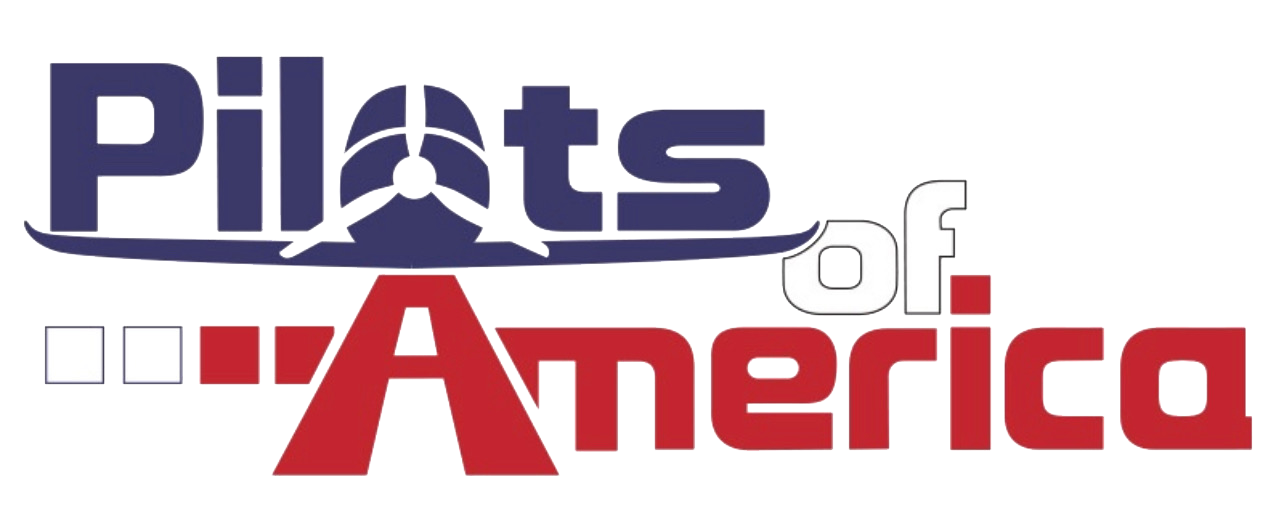POA_Newbie
Filing Flight Plan
- Joined
- Oct 8, 2020
- Messages
- 19
- Display Name
Display name:
POA_Newbie
Lets take an airport like KVNY for my question....you have a two close parallel runways....one is short and mostly sees piston GA. The other is long and sees all of the jet traffic. Lets assume day VFR. 16L/R
What is the ATC standard separation putting dissimilar planes on parallel finals here? Is there a standard? Using Google Maps to measure I see about 380' centerline to centerline between 16R and 16L.
Is it acceptable to have jet traffic landing 16R 380' from the wingtip of a piston single on final for 16L?
If there are standards or rules that apply to this scenario where would I look?
What is the ATC standard separation putting dissimilar planes on parallel finals here? Is there a standard? Using Google Maps to measure I see about 380' centerline to centerline between 16R and 16L.
Is it acceptable to have jet traffic landing 16R 380' from the wingtip of a piston single on final for 16L?
If there are standards or rules that apply to this scenario where would I look?

